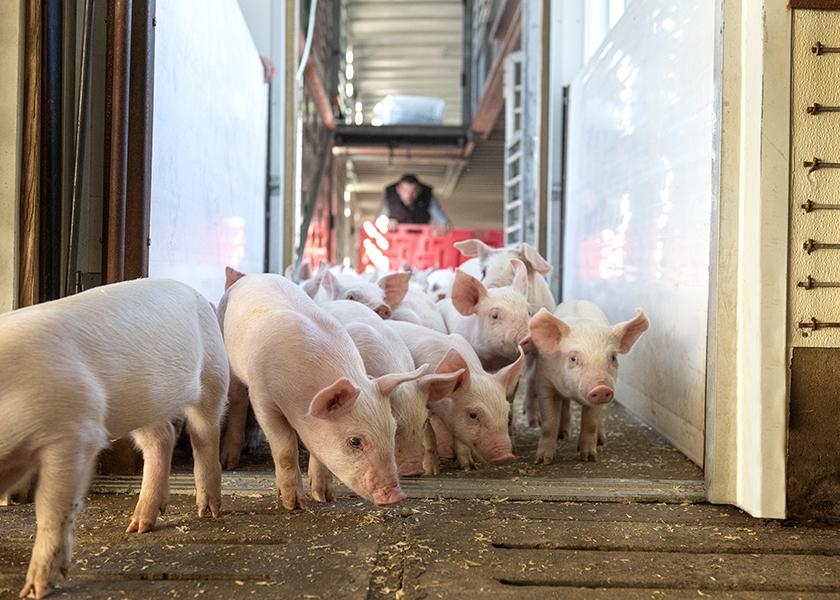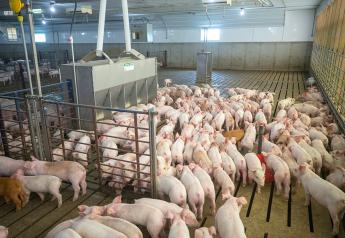It’s Time to Close Every Window to Keep the U.S. Swine Herd Safe

When it comes to swine disease, the pork industry is taking a hard look at national biosecurity in a project funded by the National Pork Board and the Swine Health Information Center (SHIC). From movements of pigs throughout the country to feed systems, researchers are studying the gaps that exist when it comes to protecting the U.S. swine herd from foreign animal diseases.
“We want to look at all of the different windows that may be open to allow African swine fever (ASF) or some other disease into the country and onto the farms,” Paul Sundberg, executive director of the SHIC, told AgriTalk host Chip Flory. “We’re starting at the top of that list and closing every window.”
SHIC maintains a swine disease matrix, or a list of pathogens – both virus and bacteria – that are prioritized according to the risks they pose to the U.S. pork industry.
“We use that as a guidepost as to what we should be working on. You start at the top of the list with the highest risks, and you work your way down. As long as there's a risk on that list, we go after it.”
At the Top of the List
ASF is the most challenging virus to infect a pig that there is, Sundberg explains. When you put that virus in the largest pig herd in the world, you’re going to have a lot of problems.
After the initial outbreak of ASF in China in 2018, the world has learned many hard lessons about this disease. And, despite fewer headlines in the news related to ASF, Sundberg says the virus is certainly not held at bay in any manner right now.
Theoretically, biosecurity should help keep this disease out. But Sundberg says it's not that simple to implement the biosecurity that's needed to keep ASF out.
“One of the things we're doing in Vietnam, with a grant from the USDA Foreign Ag Service, is looking at the biosecurity issues on farms that look just like those in the U.S., and trying to figure out pathways of entry, how to control and what to do to keep it off the farm,” Sundberg says. “It's a benefit to Vietnam and it's a benefit to us, because we want to learn those lessons before we get infected if we do.”
How ASF Moves
Sundberg says there's a lot of different ways this virus can move. Primarily, ASF virus moves by means of people moving it through infected or contaminated meat products.
“It's not a risk to people at all,” Sundberg clarifies. “But if somebody has a pork sandwich that comes from a pig that previously had ASF and throws part of the sandwich out, and another pig comes and eats it, that will transmit the virus.”
He says the Vietnam project is also helping them learn even more about how the virus survives in feed.
“There are a lot of windows that we're looking at, and we want to make sure that we identify as many of them as possible,” he says.
U.S. Hog Producers and Biosecurity
Sundberg believes the U.S. pork industry has made leaps and bounds when it comes to biosecurity.
“I really believe that biosecurity is stepped up to a level that we haven't had before,” he says. “Let's just take ASF for example. When ASF got into China, we weren't as prepared to keep it out. We weren't prepared to respond at the level we are right now.”
Listen to the full interview with Sundberg on Agritalk.
More from Farm Journal's PORK:







